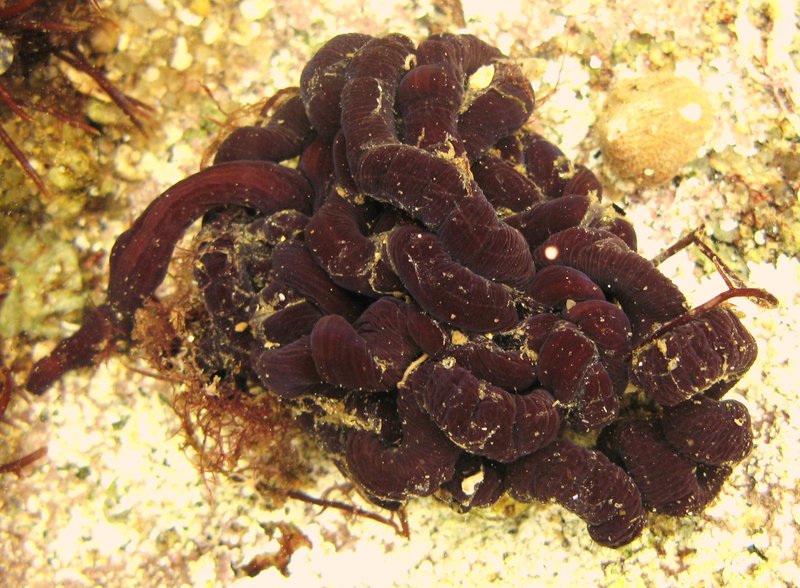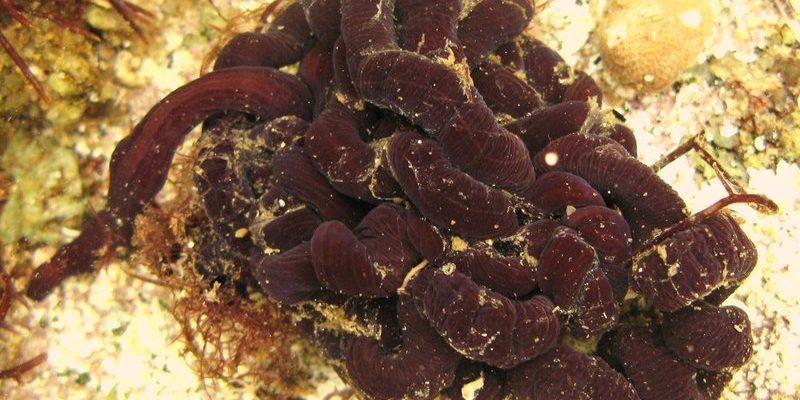
If you’re curious about how this slippery substance works, you’re in the right place. We’ll break down everything about the mucus of bootlace worms, exploring how it aids in hunting and serves as an impressive defense mechanism. Don’t worry if you’re not a marine biologist; I’ll guide you through it step by step, like we’re sharing a coffee and chatting at a friendly café.
What Are Bootlace Worms?
Bootlace worms, or *Lineus longissimus*, are among the longest worms in the world, with some stretching up to 180 feet! These fascinating creatures primarily inhabit marine environments, particularly in sandy or muddy areas of the ocean. Their long, slender bodies are usually a mix of vibrant yellow and black stripes, resembling a piece of string or, as the name suggests, a bootlace.
These worms are part of a group called nemerteans, which are known for their stunning regenerative abilities. If they lose a part of their body, they can often regrow it. This unique trait gives them an edge in the wild, but it’s not the only thing that sets them apart. Their mucus has evolved to play crucial roles in their daily lives, making them quite the remarkable species.
Understanding Bootlace Worm Mucus
Mucus might seem like a simple, slippery substance, but for bootlace worms, it’s a lifeline. Their mucus is rich in proteins and other compounds, making it incredibly versatile. You might be wondering, “What’s so special about it?” Well, let’s explore its two main roles: hunting and self-defense.
Think of the mucus as a Swiss Army knife. It can do a bit of everything — from snagging prey to warding off threats. This multifunctionality allows bootlace worms to thrive in their often harsh underwater habitats. The mucus is not just for show; it plays a vital role in their survival. Let’s dive deeper into how they use this fascinating substance!
How Bootlace Worms Hunt with Mucus
When it comes to hunting, bootlace worms use their mucus like a skilled fisherman casting a net. Their primary diet consists of small invertebrates like crustaceans. To catch their meal, they release a cloud of mucus into the water. This sticky substance has a remarkable ability to ensnare unsuspecting prey.
Imagine you’re at a party, and someone throws a net over a crowd to catch a few people for a game. That’s similar to what these worms do in the sea! When potential meals swim into the mucus, they quickly become trapped. The worm can then move in and consume its dinner with ease.
In addition to trapping prey, the mucus may also contain chemical cues that attract more creatures. This is like setting a delicious aroma wafting through the air, drawing dinner closer. So, when you think of bootlace worms, picture them as masterful hunters using their unique slime to ensure they never go hungry.
Defense Mechanisms: Mucus as a Shield
While hunting is essential for survival, so is protecting oneself from predators. Bootlace worms have perfected the art of defense using their mucus. When threatened, they can secrete a large amount of this gooey substance, creating a slippery barrier that confuses or deters attackers.
Imagine being chased and suddenly throwing a handful of marbles on the ground; it’s hard to maintain your footing. The same idea applies to these worms. Their mucus makes it difficult for predators to get a grip, allowing the bootlace worm to escape and slide away.
Moreover, the mucus can contain toxins that taste awful or induce irritation for would-be predators. It’s like a fortified wall, making them not just slippery but also unpleasant to eat. This clever combo of stickiness and toxicity helps the bootlace worms stay one step ahead in the survival game.
The Role of Mucus in Reproduction
It’s not just hunting and defense where mucus plays a part; bootlace worms also rely on it during reproduction. When it’s time to mate, these worms release a special kind of mucus to help facilitate the process. The mucus creates a conducive environment for sperm transfer, ensuring successful fertilization.
Let’s think of the mucus as a cozy blanket. Just as we want a warm and comfortable space to snuggle in, bootlace worms use mucus to provide a protective layer for their eggs. This creates an ideal setting for embryos to develop safely.
This aspect of their biology showcases the versatility of mucus. It’s not just a defensive layer or a hunting tool; it’s also a crucial part of their reproductive strategy, ensuring the continuation of their species.
In the grand scheme of things, bootlace worms and their mucus are a great reminder of nature’s ingenuity. This simple-seeming substance plays multiple vital roles, helping these creatures thrive in their environments. From hunting down prey to defending against threats and assisting in reproduction, the mucus of bootlace worms is a true multi-tasker.
So, next time you think about worms, remember the bootlace worm and its incredible slime. It’s a signature feature that speaks to the wonders of evolution and adaptation in the animal kingdom. Mucus isn’t just a simple goo; it’s a survival tool, and these worms prove that even the simplest things can have profound impacts on life under the sea.

